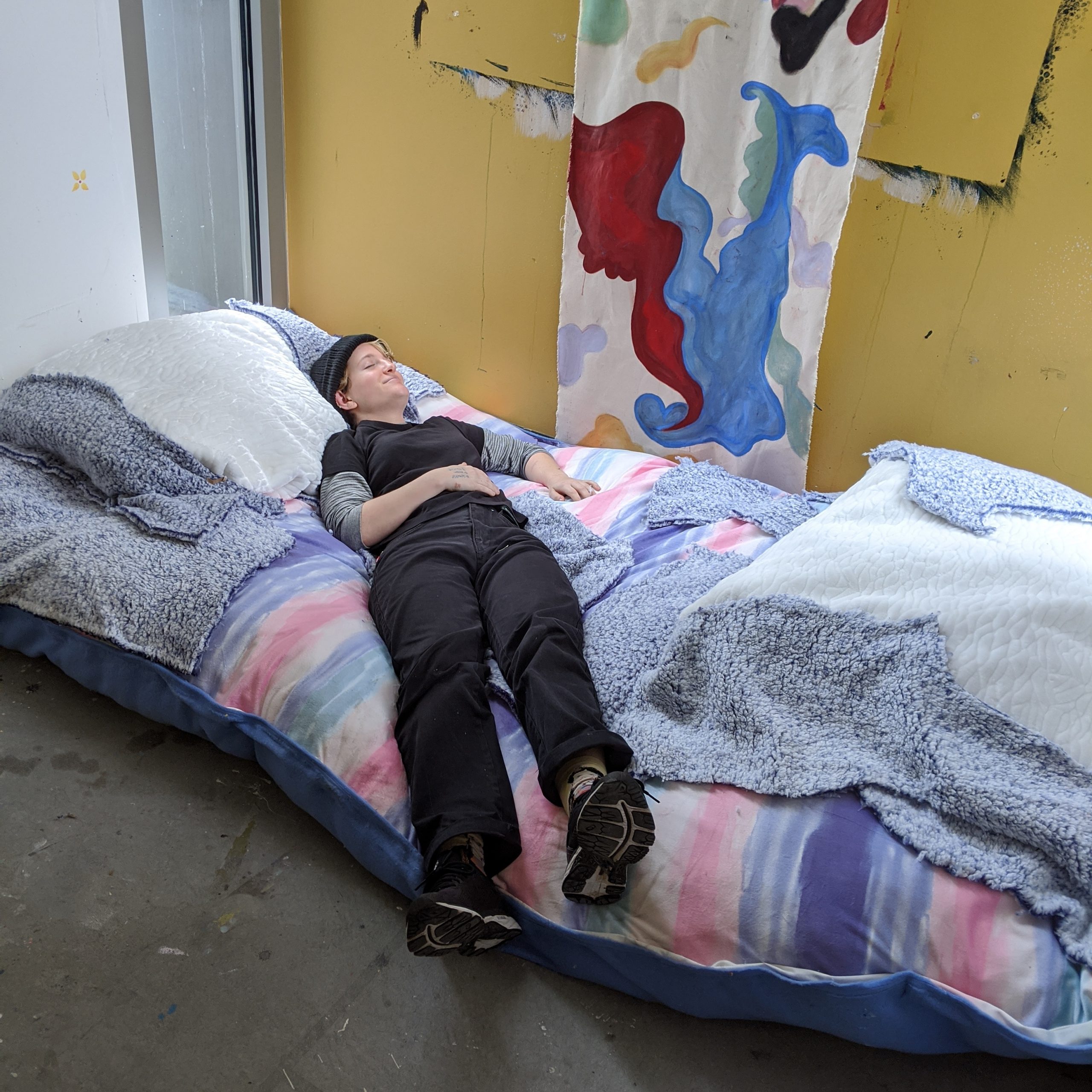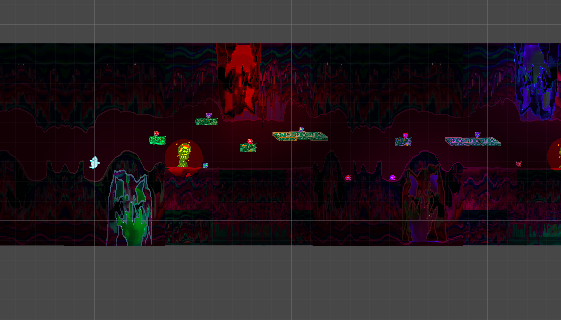Ideas/Reflection on Process
I thought about ten different ideas before settling on the concept for Xing-Over. I’ve always been a fan of games that take the player on a journey and transports them into an interesting and uncertain universe. In the beginning stages of formulating this idea, I thought back to the games I used to play through my childhood and adolescence. Some of the games that inspired my idea was thinking back to the Pokemon franchise, specifically Pokemon Mystery Dungeon: Blue Rescue Team, Kirby Super Star Ultra, and the Zelda franchise. These games have fantastical and original universes that inspired both the aesthetic as well as the gameplay. I also happen to be a lover of ghosts and the mysteries surrounding their existence as well as understanding different interpretations of limbo and the afterlife. I want to combine these two loves by creating the scenario in which the Player is stuck in limbo. In this version of limbo, the Player must find and collect the missing pieces of their soul to cross over and finish the game. I wanted limbo to be illustrated as a dark and neverending cave.

Beginning of the map. 
Earlier stages of the level 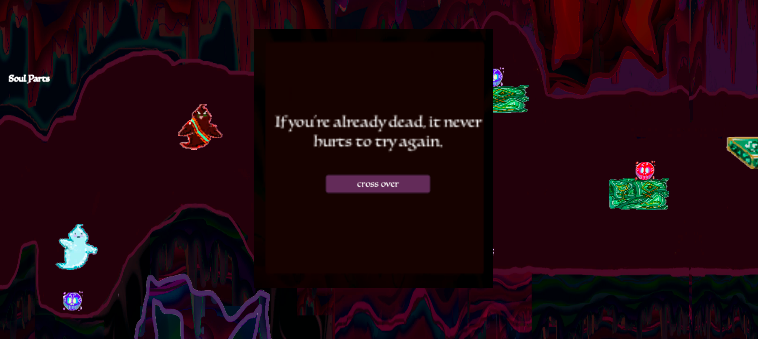
Game over !
Designing (Later Stages)
Originally, this game was going to be broken up into 4 separate levels. When drawing the concept for the map of each level, I realized the levels were too short to be played as individual levels. I decided to make my game a continuous map. I added more decorative animations using illustrations I had digitized and changed the direction and atmosphere of my map, making it darker and mysterious. Adding the pit at the bottom of the path and spreading out collectibles would allow my player to really explore the map rather than rushing through it. Since I could not manage to implement patrol sprites into my game, I decided to make these “bad ghosts” into a harmful collectible that would reduce the score by 2 points. I also adjusted the lighting, refined the music, and did some voice-over and distorting with Garageband to make the sound for the “bad ghosts”.
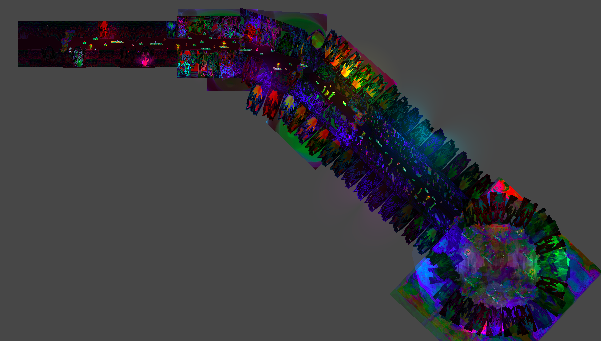
Bird’s eye view of the map from the scene editor. 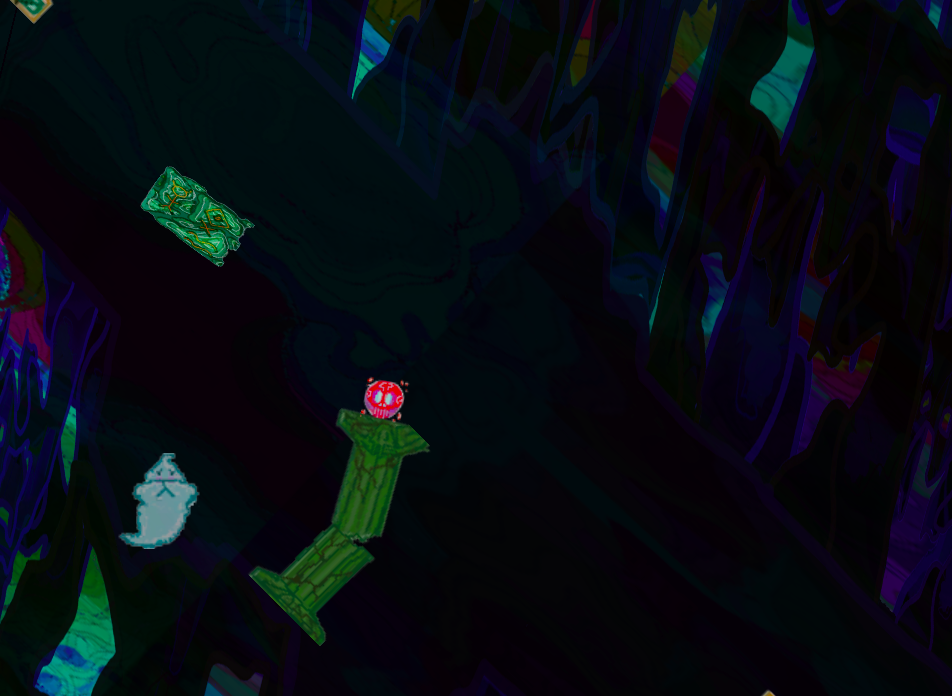
Traveling down the narrow pathway 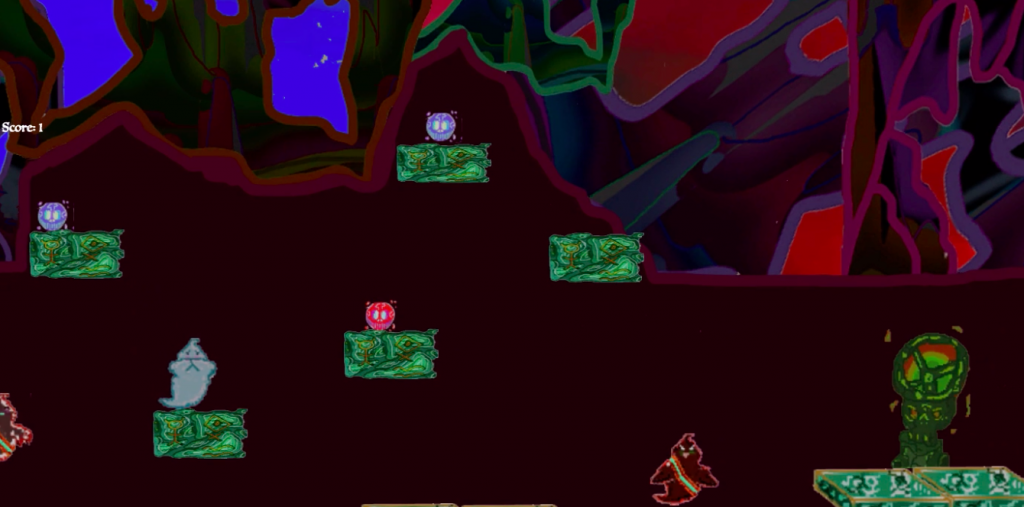
beginning of map 
new addition of aura animation 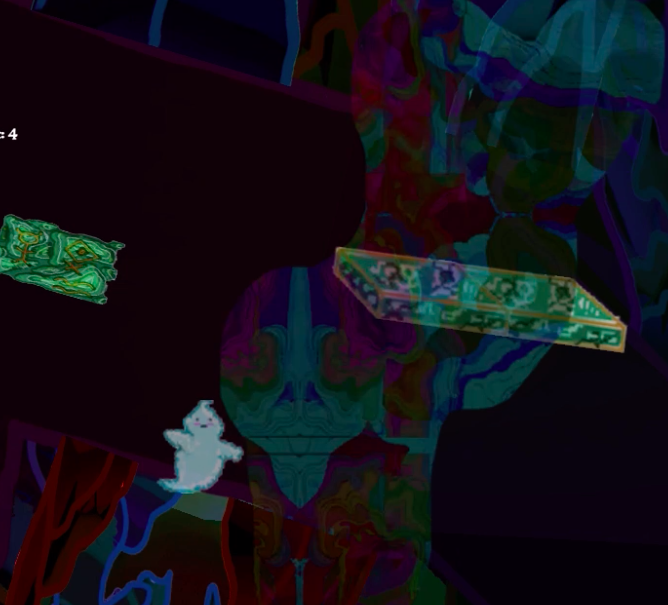
aura animation pt.ii 
screen-cap of the pit. 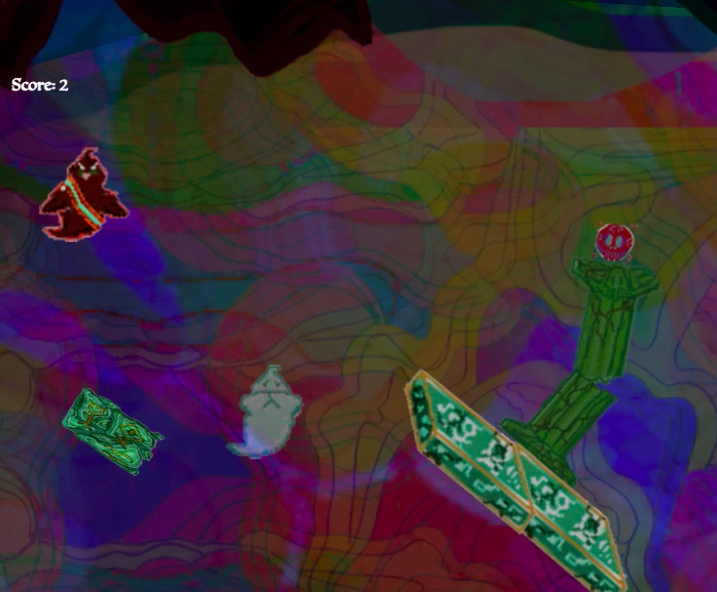
Uh-oh! try to avoid getting recruited into the Haunt Squad’s evil ghost army
Conclusion
There was a lot of trial and error when making my first game and I had a lot of fun creating this game regardless of the technical difficulties (since that’s part of the process). Overall, this experience was eye-opening and helped me think about art and design in a completely new light. I learned a lot of new skills that I will continue to practice. I learned that even if you can’t make something work from a technical standpoint, you can problem-solve by using the skills you have and compromising. I want to continue to practice and learn about game design and rebuild this game from scratch so that I can be more organized in the process of putting it together and hopefully remedy some of the technical or skill-based issues I faced.

